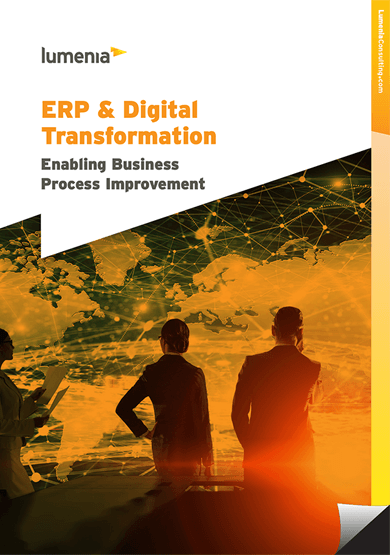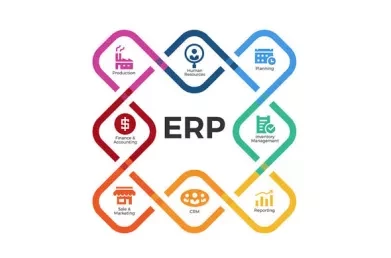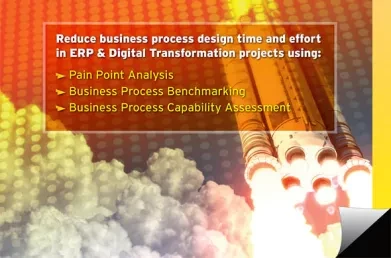Enabling Business Process Improvement in Digital Transformation & ERP Projects
Click Play for a 30 second video summary of this blog Business Process Improvement in Digital Transformation & ERP Projects
Many ERP and digital transformation projects do not achieve the level of business process improvement that they should. There are many reasons for this.
- Very often there is far too much focus on current state processes when articulating the functional requirements that drive selection of new technology.
- Frequently, there is a lack of clarity about the improvement opportunities in the current state processes, which results in lack of focus in design teams.
- The scope of many ERP and digital transformation projects sometimes doesn’t cover all parts of a business process, resulting in lost opportunities to improve the end-to-end process flow.
- This issue is often exacerbated by the functional structure of many project teams, which tends to result in future state process designs that reflect the organisational silos that cause the current state processes to be inefficient.
- Finally, despite the change inherent in digital transformation and ERP projects, many organisations fail to manage the change effectively, which results in stakeholder resistance and lack of ownership for the proposed new processes.
The good news is that by following a clear ERP and digital transformation process design methodology all of these issues can be addressed. The steps outlined below, taken from Lumenia’s methodology, should ideally be completed in advance of any technology selection activity.
1. Conduct Pain Point/Good Point analysis.
This is a structured methodology in which process stakeholders and subject matter experts are asked about the things that are wrong with the current processes and the things that the current processes do well.
2. Perform current process capability assessments.
Sometimes process stakeholders will not realise that their processes are sub-optimal because they are not aware of what good practice looks like. A process capability assessment compares current state processes to good practice and ensures that opportunities for improvement are not missed.
3. Summarise improvement opportunities.
The pain points and process capability gaps that have been identified should now be used to identify and if possible, quantify the process improvement opportunities.
4. Conduct future state business process design workshops.
The workshops should involve stakeholders and subject matter experts from all parts of the organisation that are impacted by each process. The process design activity can begin from a blank page, but progress can be accelerated significantly if sample good practice business process flows are used as the starting point.
5. Document the future state process flows.
Following each workshop, the new future state process should be documented using Visio or an equivalent process mapping application. Again, if good practice business process flows are used as a starting point in the workshops, the effort involved in documentation post-workshop will be significantly reduced.
Our experience has shown that if the steps outlined above are followed, significant and lasting business process change will be delivered.
 To learn more about how the steps above will help to ensure that process improvements are realised in digital transformation projects, download our latest white paper ERP & Digital Transformation: Enabling Business Process Improvement in the Publications section.
To learn more about how the steps above will help to ensure that process improvements are realised in digital transformation projects, download our latest white paper ERP & Digital Transformation: Enabling Business Process Improvement in the Publications section.
This blog was written by Sean Jackson, Managing Director at Lumenia. If you would like further information on ERP & Digital Transformation or any other aspects of ERP please send an e-mail to Sean Jackson.


